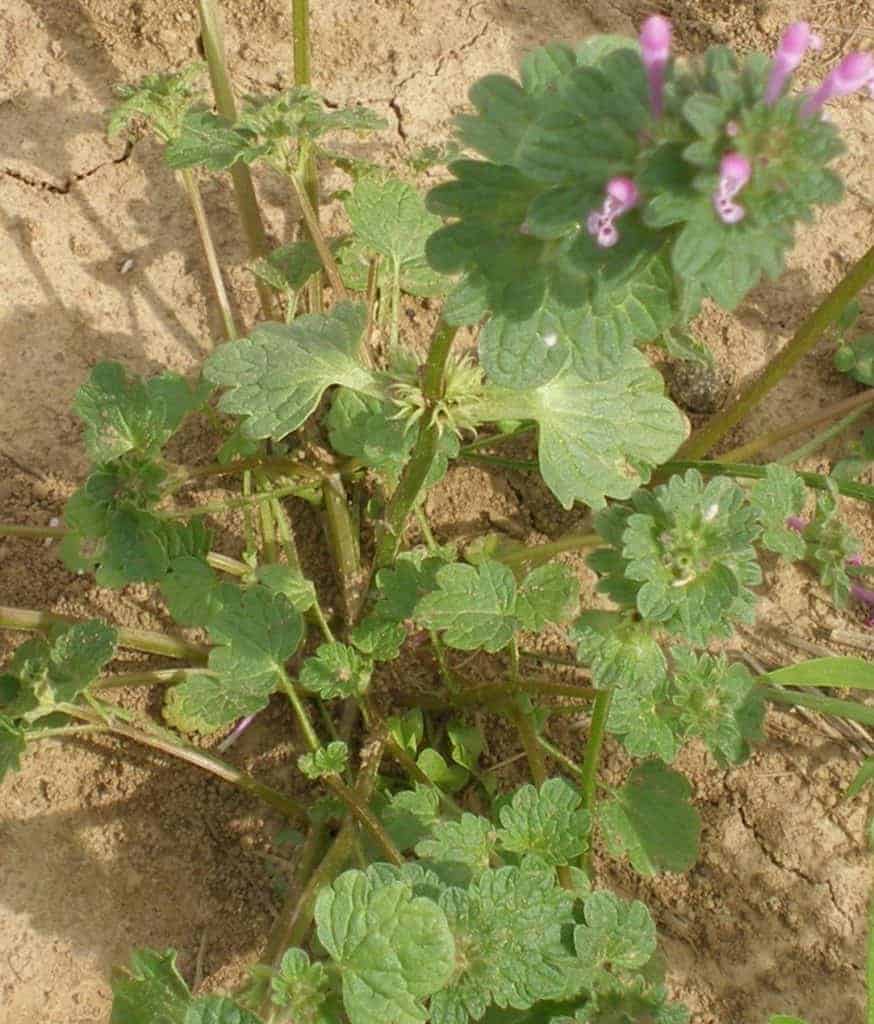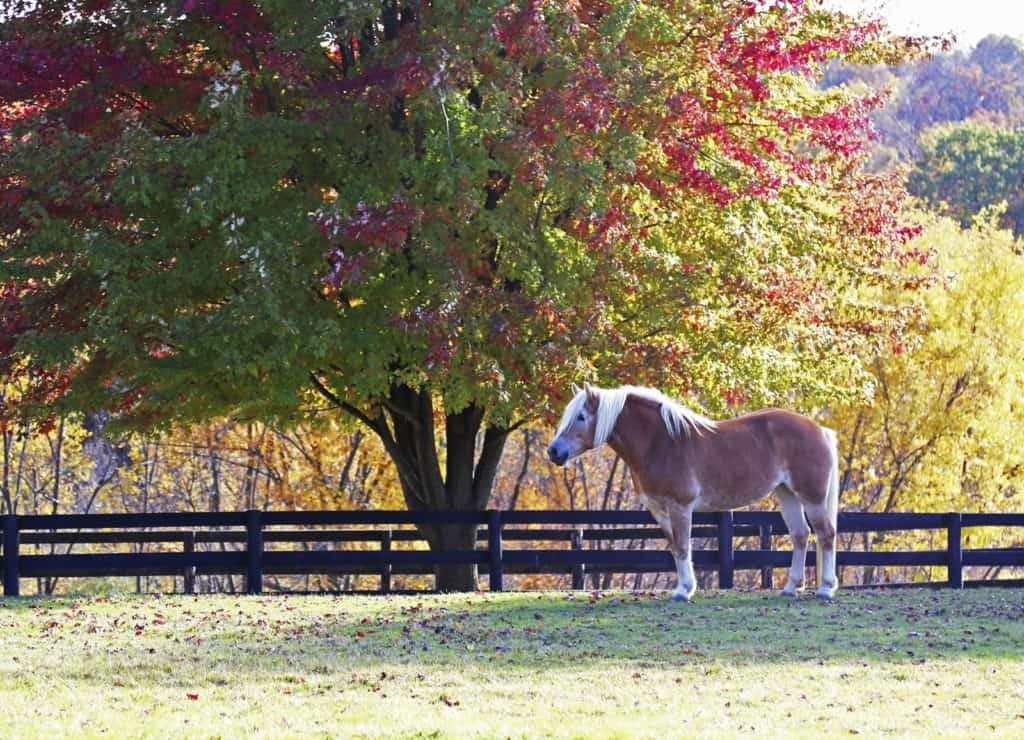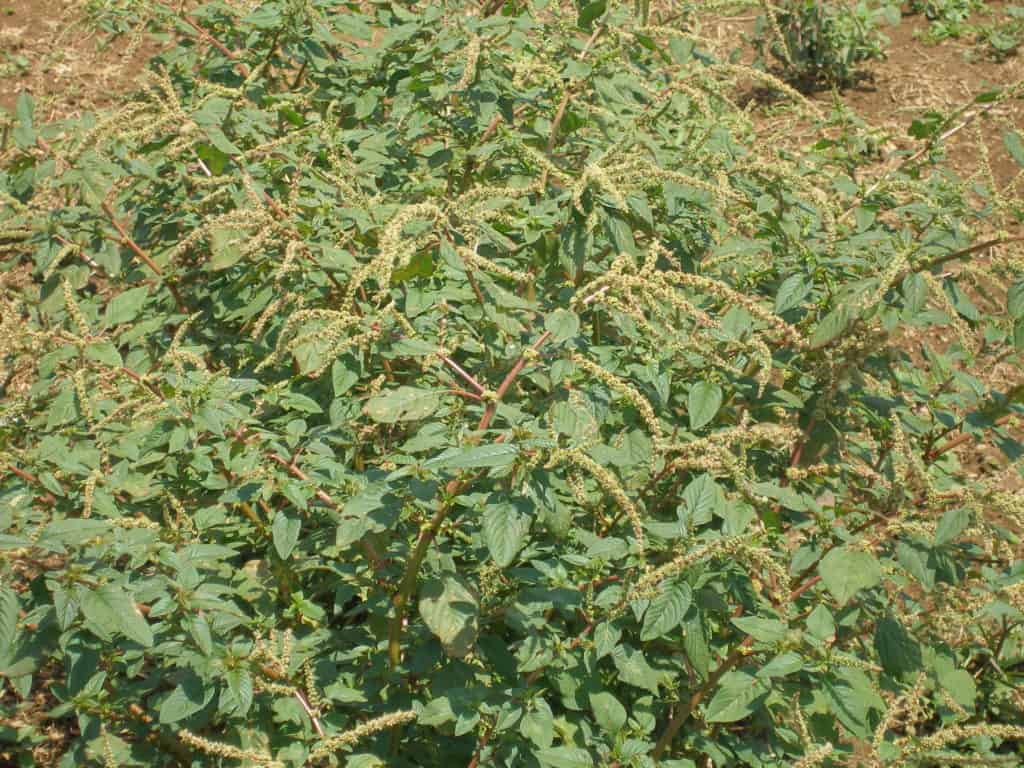
Weed of the Month: White Snakeroot
White snakeroot is a warm-season perennial frequently found in shaded areas of pastures near streams or woods.

White snakeroot is a warm-season perennial frequently found in shaded areas of pastures near streams or woods.
This year’s program will focus on pasture weed control, reducing parasite loads, and when to fertilize.

Persimmon fibers and seeds can create an obstruction in the GI tract, resulting in serious impaction colic.
According to one pasture management specialist, drought-weakened pastures might not recover for several years.

Henbit and purple deadnettle are winter annual weeds of the same genus and are often confused with each other.
Topics covered include animal waste management, soil testing, and nutrient management on small farms.

Researchers found that pine trees flourished in areas feral horses roamed while some grasses struggled .
Fall is the time to prepare for winter–and that includes preparing your horses for the colder weather, too.

You can greatly improve the health and productivity of your pastures by creating and using a winter paddock or “sacrifice area” to confine your horses.

Horse owners in the South are faced with “exceptional” droughts and high hay prices as the drought continues.

Reducing your risk of wildfire begins with properly landscaping your property, called firewise landscaping, which is something most of us need to consider and plan for.

Spiny pigweed control is accomplished easily by applying herbicides to plants shorter than 12 inches tall.
The MSU Extension grazing school will take place Sept. 12-13 in Lake City, Mich.

Tall fescue produces a toxic alkaloid that causes disorders in broodmares that consume the forage.
Horse owners, livestock producers, and farmers are all looking for help in getting through the dry spell.
William W. Witt, PhD, was featured in a video produced by TheHorse.com that won third place at the American
Stay on top of the most recent Horse Health news with
"*" indicates required fields